After the collapse of Divisão 4 (you can imagine it as sort of a Brazilian Can-Am) in 1975, prototypes practically disappeared from Brazilian motorsport, which became focused on Touring cars (Brasileiro de Marcas, Stock Car, Turismo 5000, etc) and Open Wheelers (Vee, 2 and 3, etc). This situation lasted until the mid-1990s, when two key initiatives started the renaissance of prototypes in Brazil: in 1989, Almir Donato’s Aldee was born, followed by Pedro Virgínio’s Proton 1,600 in 1990.


In Rio Grande do Sul race driver Paulo Barreto decided, in 1993, to develop his own prototype for endurance racing such as the 12 Hours of Tarumã and the Mille Miglia. In addition to the track experience of someone who started his career in 1972, he was also a professor at the Federal University of Santa Maria-RS (UFSM), and head of the engine laboratory.
The initial project, developed together with Engineer Paulo Romeu Machado, aimed to obtain financing from FINEP for the construction of an entirely new car, including the tools and equipment necessary for its construction and operation, but the bureaucratic slowness of the approval process led to a change of route.
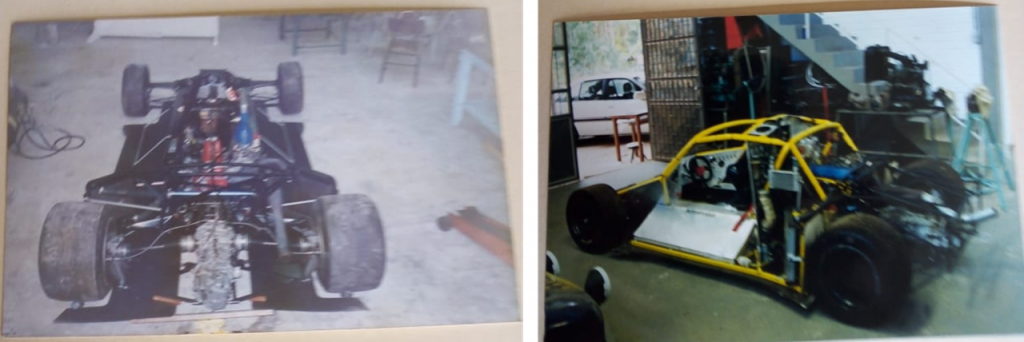
Starting from a Formula 2 Sudam Berta/Muffato chassis (a gift from his friend and driver José Carlos Rossi), Paulo Barreto started the process to adapt a partial body of Willys Interlagos (an Alpine A108 built in Brazil under license by Willys). With the technical assistance of another friend, former F3 driver Sudam Ronaldo Ely, the car was assembled in the UFSM laboratory with a VW AP 2000 engine of around 190 HP and an Argentine Meriggi gearbox.

Students from the Mechanical Engineering course at UFSM and the skilled technician José Adail Cunha “Bolinha” also worked on the project, helping in the construction of the bodywork, fuel tank, rollcage and various accessories, in addition to working as a support team during the races.

The car was ready on the day of the 12 Hours of Tarumã in 1994, where it set the best lap of the race with a time of 1:17.009, but successive breaks in the halfshafts made it impossible for this speed to turn into a result in the final classification.

Once the problem was solved, the car had several victories in the Torneio de Verão (a championship held during the southern hemisphere summer in Rio Grande do Sul) between 1995 and 1997, in addition to the runner-up finish in the 1996 Rio Grande do Sul Endurance Campionship and a third place in the 12 Hours of Tarumã.


In 1998, Brazilian endurance regulations were modified, and with that the PB01 was forced to carry a ballast of 130 kg, which compromised the structural rigidity of the car and the performance of the brakes, making the prototype obsolete in front of the Aldee Spyder that began to arrive in Rio Grande do Sul. Even so, the model continued to compete until the 2000s, and is currently at the Museu do Automobilismo Brasileiro (Brazilian Motorsport Museum), in Passo Fundo – RS. As for Paulo Barreto, he built a second spyder prototype, following the trend of Aldee Spyder and MCR, a story that we will bring soon here on the site.
Aerodynamic Analysis
The aerodynamic design of the PB01 was inspired by several sources, starting from part of a Willys Interlagos bodywork.

With this base wearing the tubular chassis, the front was modified with inspiration taken from the Yamaha OX99-11, an association that makes a lot of sense: while the Japanese prototype was sort of a “F1 for the streets”, the Brazilian prototype was based on a single-seater chassis from the South American Formula 2.

At the front of the PB01, we can see the wing integrated into the bodywork connecting the two fenders (1), one of the main points of inspiration taken from the Yamaha OX99-11. In addition, there is a series of air intakes in the lower region for the brakes (2) and for the oil cooler (3). Next to the windshield, there were initially two circular air intakes (4), possibly to cool the cockpit, but these intakes were closed during the evolution of the project (image below).

The radiators, placed just ahead of the rear wheels, received air through NACA profile ducts in the side bodywork (5), and the engine “breathed” through NACA ducts placed where the Willys Interlagos rear side windors (6) were. At the rear, inspiration came from Jaguar Group C prototypes such as the XJR12, using a combination of an airfoil integrated into the fairing (7) and another with a single element in an upper position (8).

During tests, still using a Formula Ford CHT engine, the PB01 was tested without the upper rear wing, but the results showed that the conventional wing was a must. In the image above we can also see the ventilation outlets of the front wheel arches, used to help vent the hot air from the brakes and also the positive pressure built up inside the wheel arches, optimizing the front downforce.
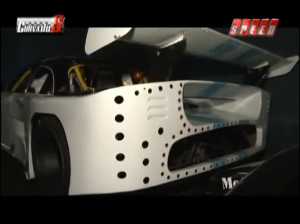
Another experiment carried out was the holes in the rear bodywork, in an attempt to ventilate the pressure that was accumulating in that region.
Additional reading:
Muffatão M1
The history of the Muffatão M1 chassis begins in 1981, when Brazilian Formula 2 was basically composed of single-seaters from the old Super V. Seeking to modernize the category, the pilot/politician/entrepreneur Pedro Muffato acquired the license to manufacture the Berta Mk2 of Formula 2 chassis in Cascavel, State of Paraná, sending his technicians to Argentina to learn the constructive techniques necessary to manufacture it in Brazil. As far as I know, the Berta F2, in turn, was born from the Berta Super V project, developed on request for the Brazilian Hollywood team in 1976, in a clear example of how life takes its turns…
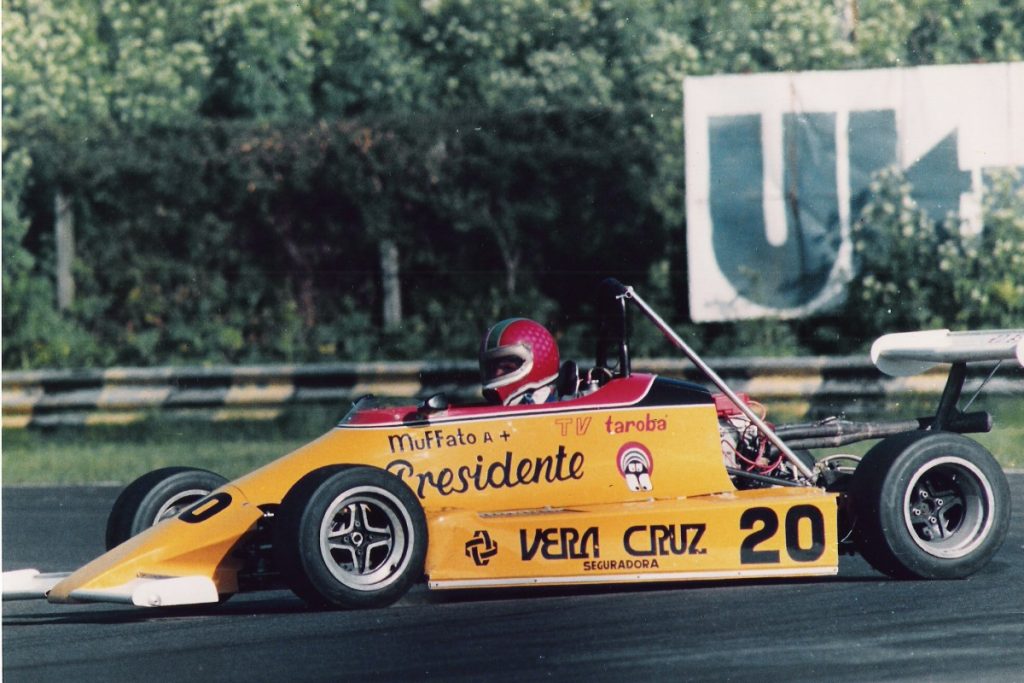
Six months and 8 million Cruzeiros later, the first Muffatão arrived to the Brazilian tracks and established itself as the dominant model of Brazilian F2. With the end of the category in 1986, the Cascavel chassis was still adapted for Formula 3 without great success and for Formula Ford, where it got new life.
Willys Interlagos
In the early 1960s, the Brazilian automotive market began to value sports cars, and makers started to use motor racing as a marketing tool. The first automaker to establish a racing department was DKW, which was soon followed by others, including Willys. Taking advantage of the connection with the French manufaturer Renault, that allowed the arrival of the entry model Gordini, a partnership was established with Alpine for the local production of the A108 model. In a clear indication of the vocation for the tracks that was desired for the new car, the marketing department named the car as Willys Interlagos, in allusion to the main Brazilian race track.

Yamaha OX99-11
The Yamaha OX99-11 was a prototype supercar developed by Yamaha in the early 1990s, using the same V12 engine supplied by the Japanese automaker to F1 teams such as Zakspeed, Brabham and Jordan, aiming to be an “F1 for the streets”. Thus, the car was built with a carbon fiber monocoque, with the driver in the center and the passenger in a tandem position, as in a fighter jet. A series of development problems that delayed the project and the collapse of the Japanese Imobiliary Bubble ended the project, with only three prototypes built.
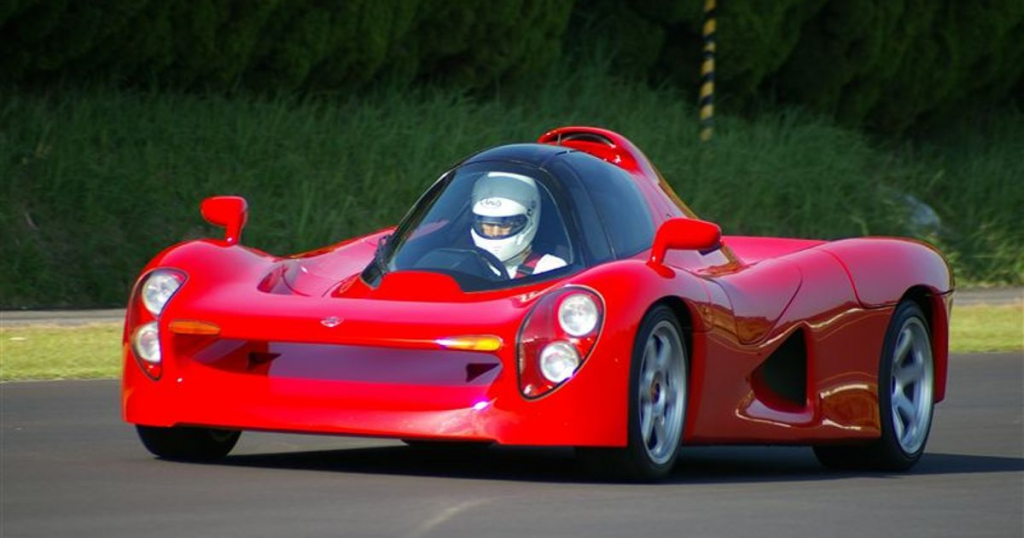
Jaguar XJR12
Between 1983 and 1991 Jaguar developed a series of XJR prototypes to compete in the FIA Group C and IMSA GTP. Initially these cars received Jaguar’s powerful 7-liter V12 engine, but eventually models came equipped with 3.5 V6 Turbo engines (which would later be used for the XJ220) and finally a Cosworth V8, to adapt to the 1991 FIA regulations for Group C. The last car with the V12 aspirated was the XJR12, winner of the 24 Hours of Le Mans in 1990.

Acknowledgment
I leave here my thanks to Paulo Torino whom shared Barreto’s, and especially to Paulo Barreto for the information and shared images that made this publication possible.
You may also be interested in:
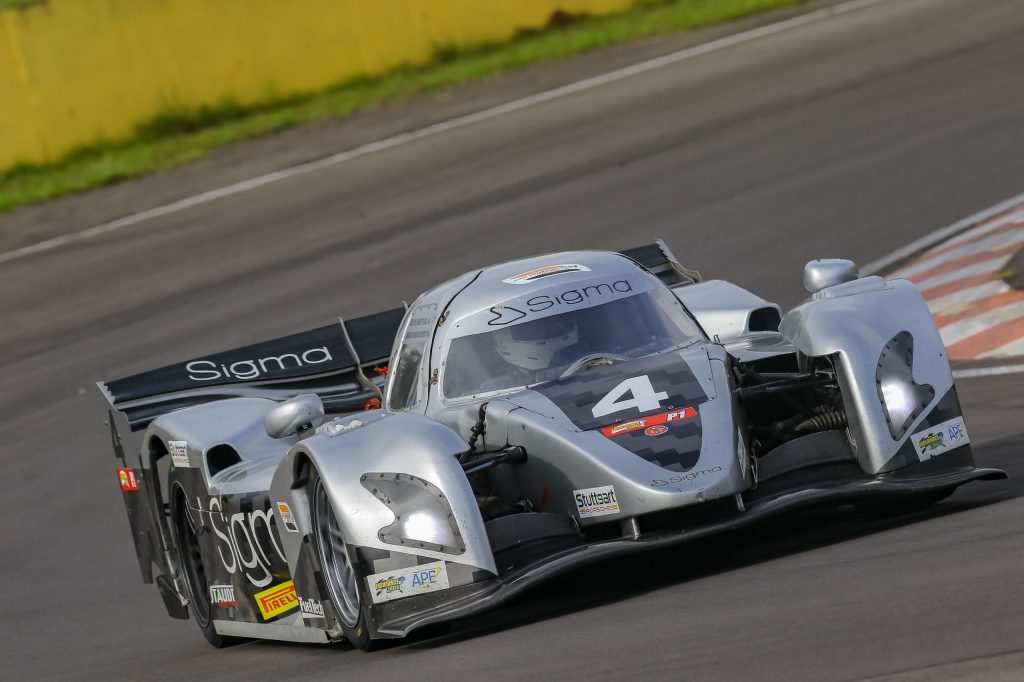
Sigma P1 (2017 – )
The Sigma P1 is the result of the work of engineers Evandro Flesh and Pedro Fetter. Always sponsored by Jindra Kraucher, it was the first hybrid prototype manufactured in the country, and remains one of the most innovative national projects.

Metalmoro JLM AJR (2017 – )
Currently the fastest prototype in the country, the AJR was developed by JLM Racing, and since its debut on the tracks it is the fastest competition car in the country, currently holding the record for national cars at Interlagos and the general record for all racetracks where it competed.
Sources:
Aldee. Available at: https://www.lexicarbrasil.com.br/464/.
Proton. Available at: http://www.lexicarbrasil.com.br/proton/.
12 HORAS HISTÓRIA & ESTATÍSTICAS 1962 – 2021. Available at: https://corridaonline.wixsite.com/12horas/sobre.

